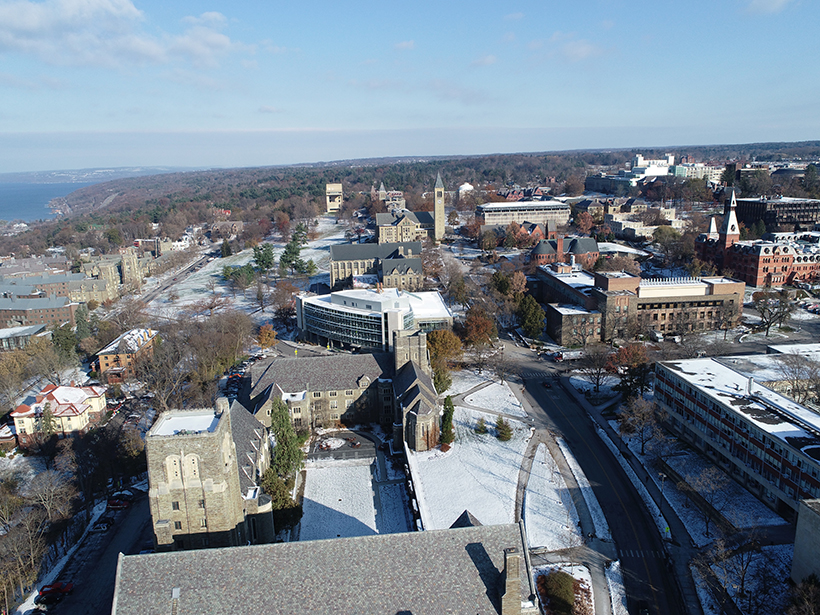As part of an effort to develop a geothermal energy source beneath its campus, Cornell University is planning to probe the “boring” old continental crust upon which many people live.

As part of an effort to develop a geothermal energy source beneath its campus, Cornell University is planning to probe the “boring” old continental crust upon which many people live.